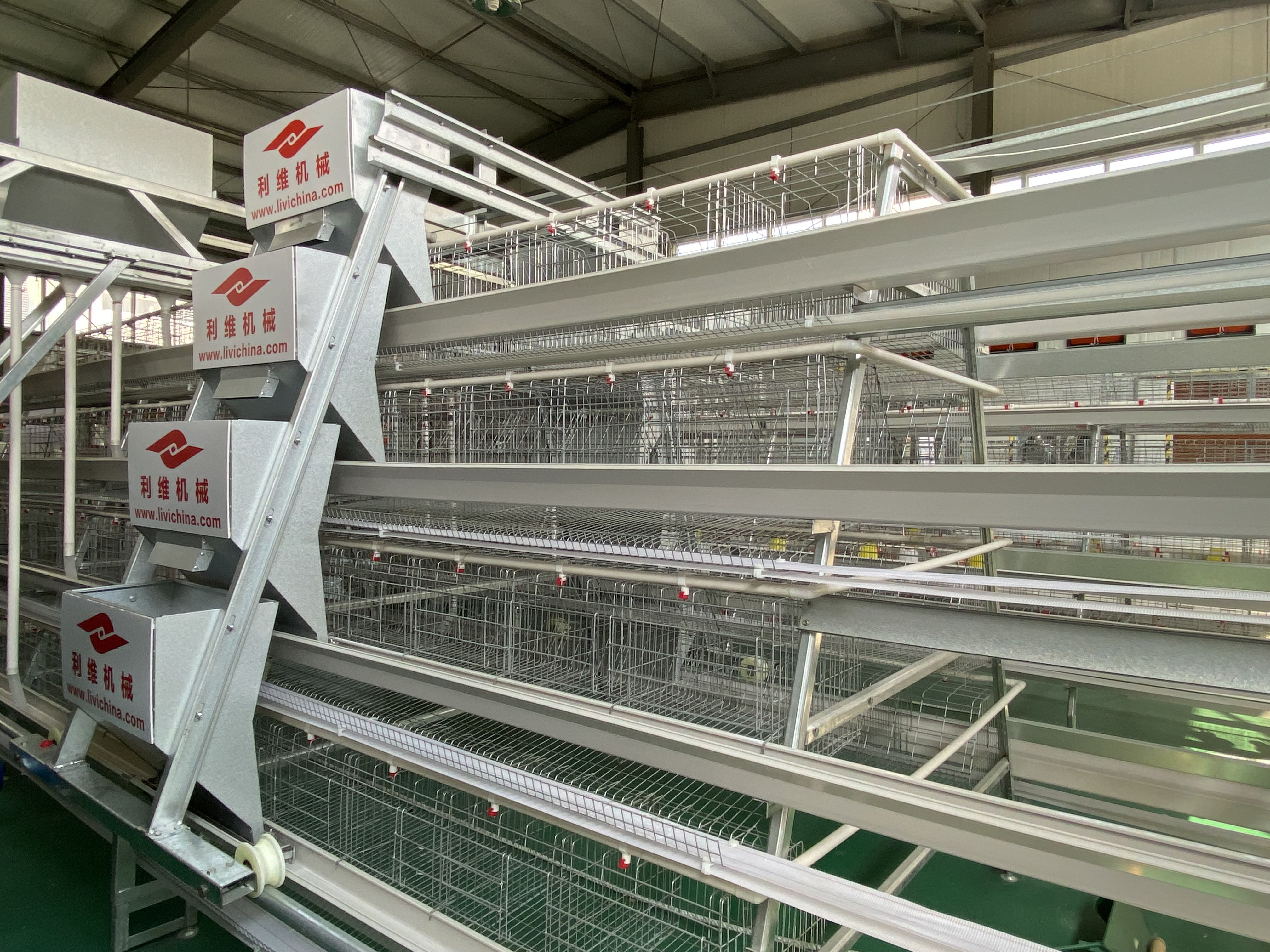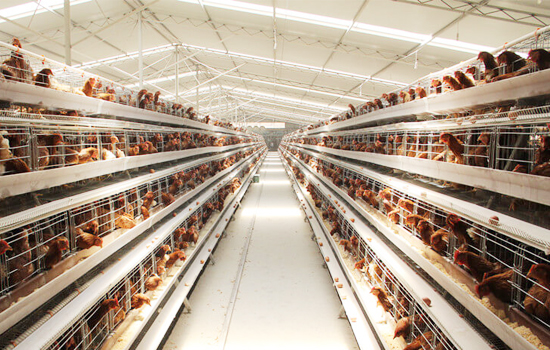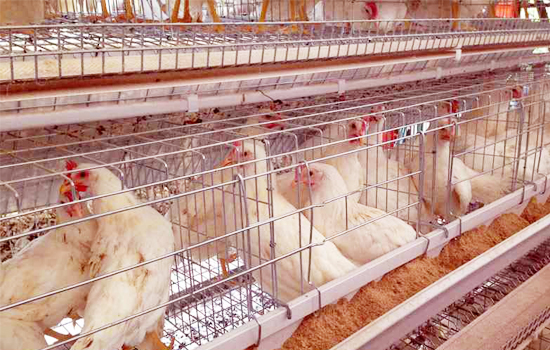Common misunderstandings in the use of poultry automated chicken raising equipment
- Published in Method of breeding chicken
With the continuous popularization of automated chicken breeding equipment, more and more users want to obtain economic benefits in a short period of time. However, due to the speed benefits of automation, farmers will encounter some problems in management, which may affect the health of chickens.
- Do not disinfect the automatic chicken farming equipment before use. Before entering the chicken house, whether it is a new chicken house or an old chicken house, a disinfected chicken house must be established to reduce the existence of pathogenic microorganisms. However, most chickens are not properly disinfected, resulting in incomplete disinfection, and chickens are prone to get sick. Therefore, before entering the flock, it should be thoroughly disinfected and the tools should be disinfected.
- Do not pay attention to the choice of chicken. Some farmers are not clear about the source of the chickens, resulting in unclear health status of the chickens. When choosing chickens, you should buy chickens from farms with production and business licenses and reliable quality.
- Chickens. Drinking water and boiled food are unreasonable. It is more important to open food and drink water. Drinking too much water can cause chicken dehydration and death, and eating too much can cause some chickens to eat other foreign bodies. The chickens should be placed in a cage, let them rest in the transport box for 30 minutes, then release the drinking water for 2-3 hours, and then sprinkle the feed on the plate. Anti-epidemic drugs can be added to drinking water.

- Improper temperature control. Chicks need a more suitable temperature to grow. Because temperature directly affects the number of chickens that survive, too low a temperature will cause the chicken's body temperature and resistance to decline, and cause a variety of diseases. Too high temperature can cause thermal effects and hot wind strokes.
- The awareness of hygiene and epidemic prevention is not strong. Chicken house hygiene is the key to ensuring the healthy growth of chickens, so chicken house hygiene management is more important. Be aware of isolation and disinfection when using automated chicken breeding equipment.
The above is the sharing of poultry battery cage chicken equipment suppliers, hoping that farmers can integrate the above misunderstandings to better develop the breeding industry.





